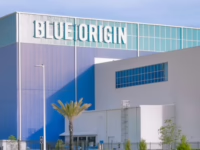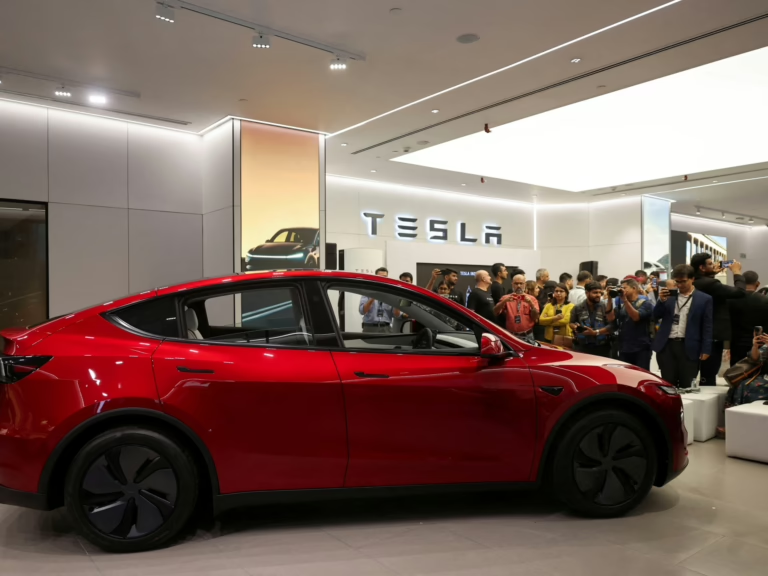Tesla experienced a notable surge in sales during the third quarter, driven largely by U.S. consumers eager to capitalize on electric vehicle (EV) tax incentives that were phased out following the tax legislation enacted under President Donald Trump earlier this year.
On Thursday, Tesla announced a 7.4% year-over-year increase in vehicle sales, fueled by a rush of buyers aiming to purchase before the federal tax credits expired at the end of September.
The automaker’s quarterly sales climbed to 497,099 units, up from 462,890 in the same quarter last year.
Deliveries of Tesla’s Model 3 sedan and Model Y crossover reached 481,166 vehicles, surpassing Wall Street’s forecasts by a significant margin.
Elon Musk’s company actively highlighted the impending expiration of these tax credits, combining this with promotional discounts and financing offers to accelerate sales and leasing activity. However, investors are apprehensive about a potential downturn in sales now that the $7,500 federal tax credit is no longer available.
“Although the third quarter showed robust performance, we anticipate a decline in fourth-quarter sales, mirroring trends seen earlier this year, primarily due to the cessation of the U.S. tax credit,” explained Seth Goldstein, senior equity analyst at Morningstar.
Tesla is scheduled to release its next quarterly earnings report on October 22.
According to Visible Alpha, full-year delivery estimates stand at approximately 1.61 million vehicles, which would represent a roughly 10% decrease compared to 2024. To meet this target, Tesla must deliver around 389,498 cars in the final quarter.
In the Chinese market, Tesla launched the long-wheelbase, six-seat Model Y L in September-a family-oriented version expected to boost demand in the world’s largest EV market.
Meanwhile, Rivian, another EV manufacturer, lowered the midpoint of its annual delivery forecast but exceeded quarterly delivery expectations, benefiting from a surge in buyers eager to utilize tax credits before their expiration.
Europe remains a challenging market for Tesla, as competitors aggressively promote plug-in hybrid vehicles and Chinese EV brands gain traction amid intense competition.
Data from the European Automobile Manufacturers’ Association shows Tesla’s sales in Europe, including the UK, dropped 22.5% year-over-year in August, reducing its market share to 1.5%.
Affordable Models on the Horizon
Tesla has postponed the U.S. launch of a more affordable Model Y variant, delaying it by several months, with plans to eventually manufacture this version in China and Europe.
Industry experts suggest Tesla’s success in mitigating the post-tax credit sales decline will hinge on its ability to introduce lower-priced models.
“The key challenge now is managing the expected slowdown, and introducing a budget-friendly model is essential to sustaining growth,” noted Matt Britzman, senior equity analyst at Hargreaves Lansdown and a Tesla shareholder.
This simplified Model Y is engineered to reduce production costs by approximately 20% compared to the updated Model Y and could reach an annual production volume of around 250,000 units in the U.S. by 2026.
Investors are optimistic that this strategy will strengthen Tesla’s market position over time.
“Despite anticipated declines in EV demand following the tax credit expiration, Tesla’s strong third quarter lays a solid foundation for future deliveries, though further efforts are needed to expand market share,” commented Dan Ives, analyst at Wedbush Securities.
Tesla stock constitutes the majority of Elon Musk’s wealth, and a recent rally in the company’s shares pushed his net worth past $500 billion on Wednesday, reinforcing his status as the richest individual globally.
The company’s board has proposed a shareholder vote on a new CEO compensation plan that could award Musk approximately 12% ownership of Tesla, potentially valued at up to $1 trillion if certain performance and valuation milestones are achieved.
Musk has been steering Tesla toward a technology-centric identity, emphasizing advancements in AI-driven autonomous driving, robotaxi services, and humanoid robotics.
As of 11:30 a.m. in New York (15:30 GMT), Tesla’s stock was trading down 1.3% on Wall Street.
























